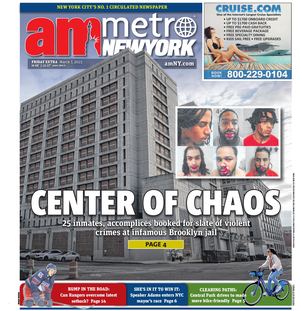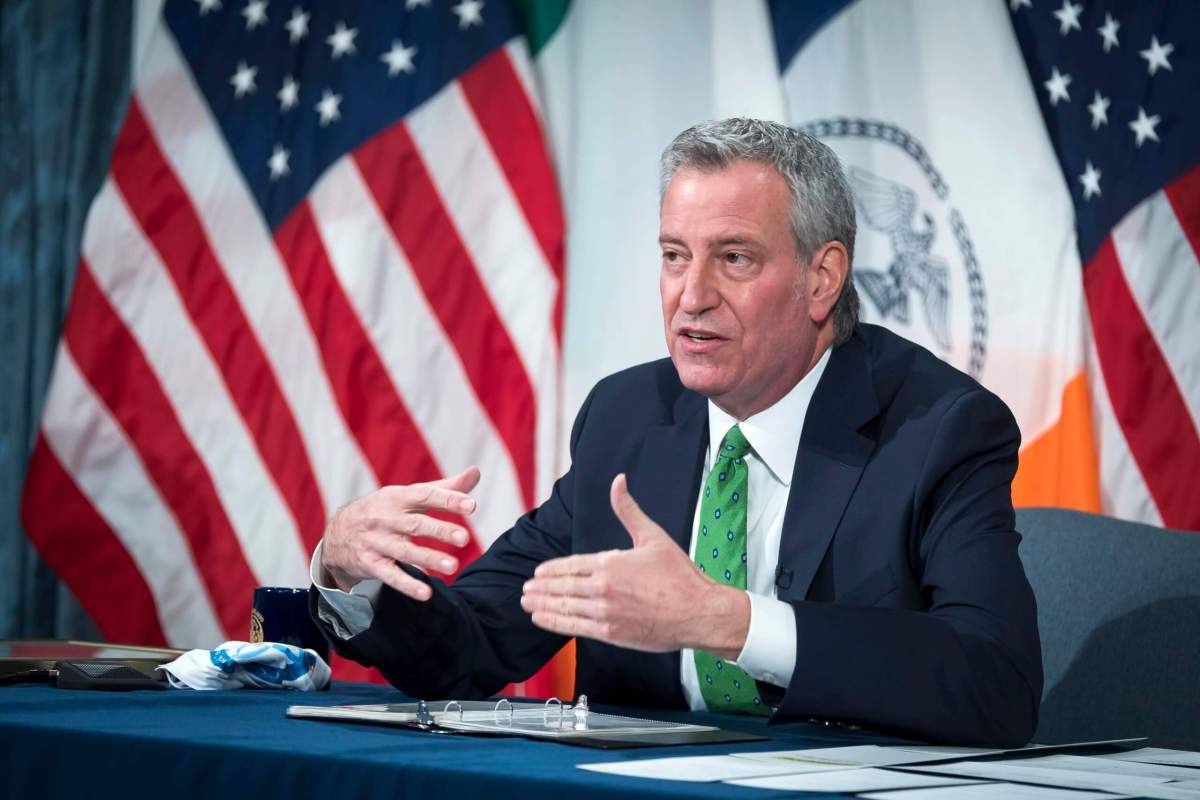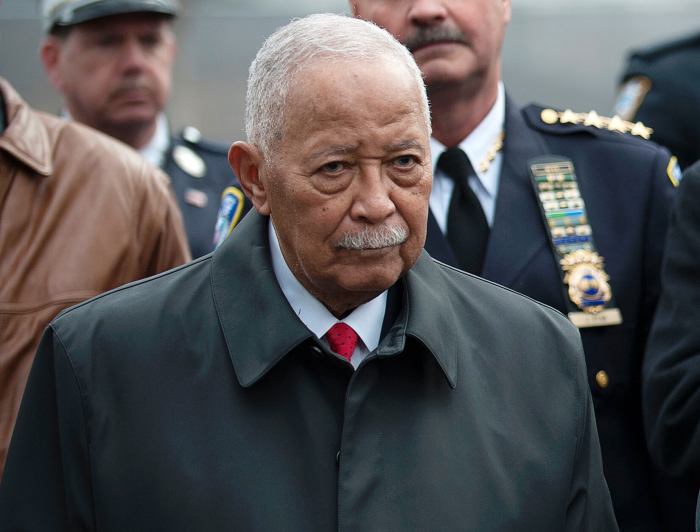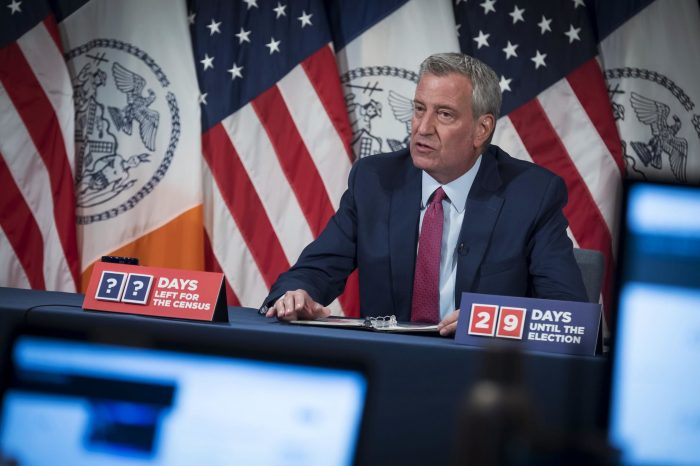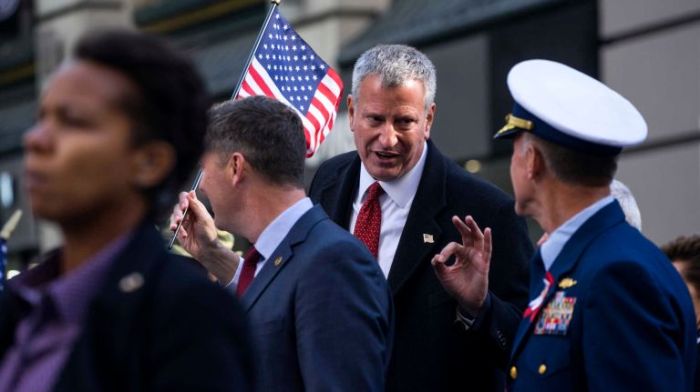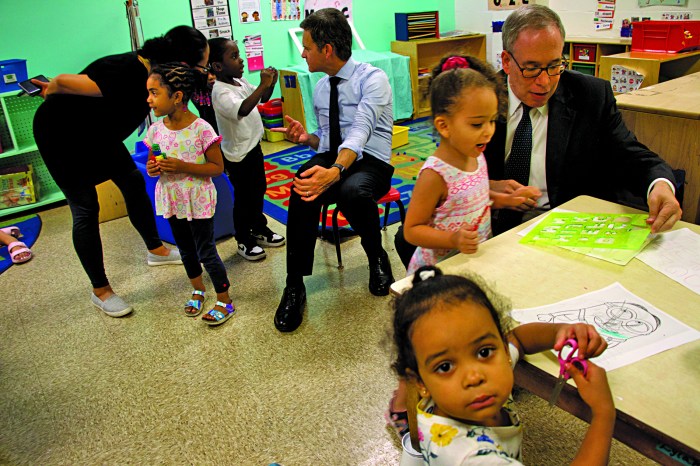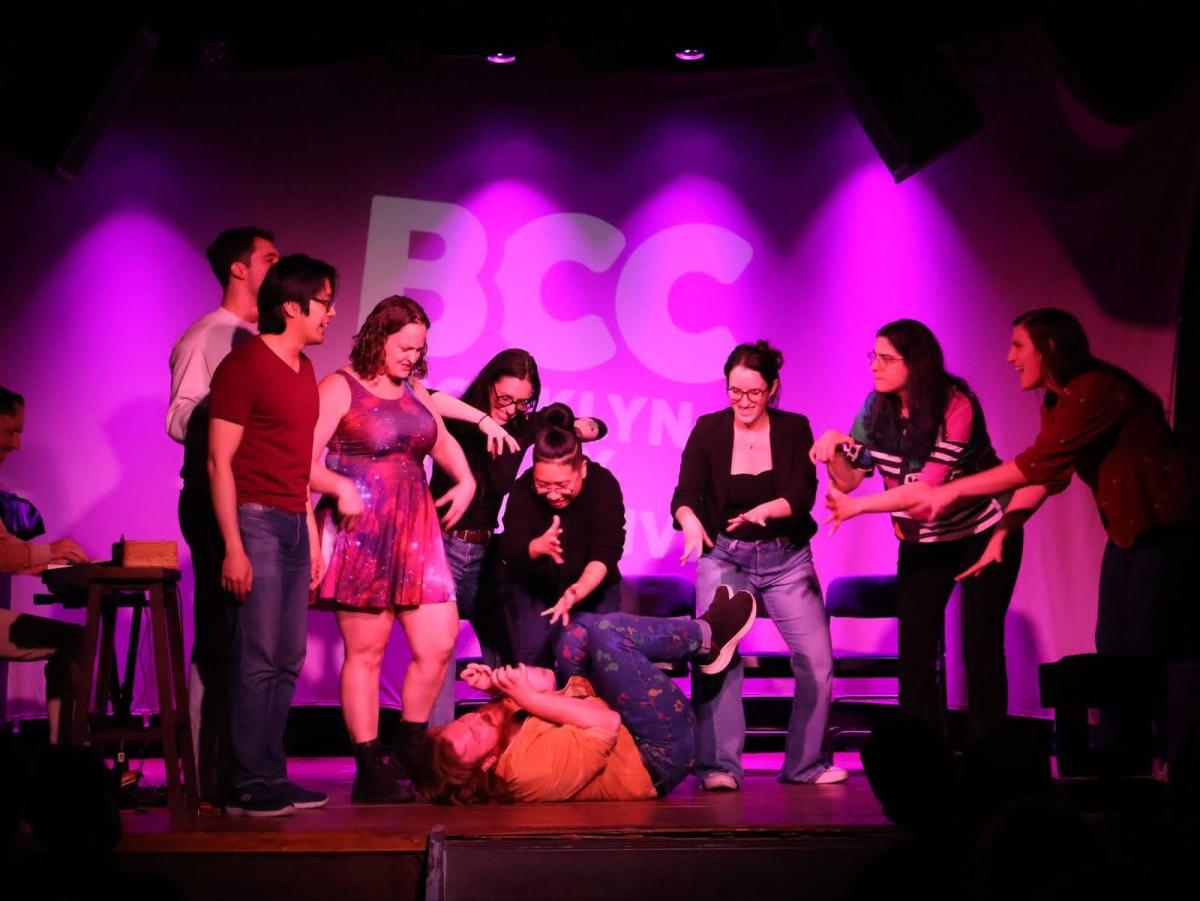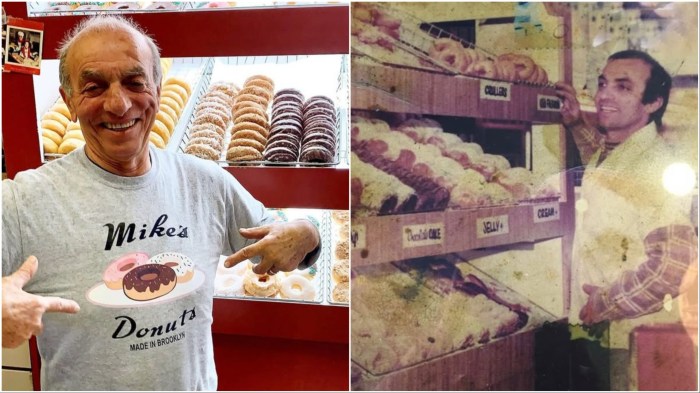New York City’s budget should make huge investments in the working families throughout the five boroughs to help rebuild a post-pandemic city, Mayor Bill de Blasio said Monday.
During his April 26 press conference, the mayor went over his vision for a recovery budget, which is $98.6 billion in total for the Fiscal Year 2022. The budget aims to radically invest in working families in an effort to drive economic growth in New York City.
The mayor credits the federal stimulus as well as the city’s vaccination campaign for kick-starting New York City to recovery. As a result, the city has seen a growth of 100,000 jobs between December 2020 and March 2021, and expects to gain another 400,000, marking a total of 4.5 million jobs by the end of 2021.
“To be able to achieve recovery, it’s all been about reaching people, vaccinating people, taking that stimulus money, using it to a positive effect. Bringing back the life of the city, bringing back our economy, we’re seeing it happen,” said de Blasio. “It has all been crucial to our recovery.”
President Biden also signed the American Rescue Plan, providing funding to New York City and other cities that were on the front lines of the COVID-19 response. New York City earned $5.9 billion in direct local aid and $7.0 billion in federal education funding from the two federal stimulus bills, not including an additional $1.3 billion in FEMA assistance to cover COVID-19 related costs.
New York State’s Fiscal Year 2022 Budget restored nearly all of New York City’s cuts and cost shifts in January, including a long overdue Campaign for Fiscal Equity funding, which increases to $1.1 billion annually in Fiscal Year 2024 and will bring educational resources and equity to the city’s schoolchildren.
The budget will also put $1.8 billion in the city’s budget reserves, plus $1.6 billion to the Retiree Health Benefits Trust in FY21 and $200 million to the General Reserve, bring the total reserves up to $4.59 billion, including $3.8 billion in the Retiree Health Benefits Trust, $493 million in the Rainy Day Fund, and $300 million in the General Reserve.
“Let’s give credit where credit is due. What the federal stimulus has done for us is unbelievable,” said de Blasio. “It’s important to recognize that the stimulus funding will be spread out over multiple years.”
The budget is making huge investments into education, providing equity to both students and schools. Universal free 3-K will be made available to every family in New York City by September 2023 and will be expanded to special education students as well. Special education services will be strengthened to include counseling, physical and speech therapy. The budget will also provide 100% fair student funding for schools, as well as intensive academic recovery for every student, allowing the establishment of baselines with assessment data, core ELA & Math instruction, tutoring, and teacher planning time.
The budget also intends to increase IT support for education and all students, plus expanding social emotional learning at middle and high schools. Schools will be held harmless for mid-year adjustments, and community schools in every district by expanding from 266 to 406 community schools citywide. The Public Schools Athletic League (PSAL) will be expanded to increase access to sports programming across the city for high school students, particularly focusing on schools with the greatest need.
For young New Yorkers, the new Summer Rising program is open to every student in the New York City public school system. The budget will also add 5,000 CUNY Summer Youth Employment slots to bring the total to 75,000 slots.
For the city’s older residents, the budget allows the city to launch a care plan that will support seniors living at home and in their communities. 25 new senior centers will be opened in underserved communities of color, and more money will be invested into existing senior centers.
In terms of public health, the budget is expanding upon the NYC Testing & Tracing Corps to create the NYC Public Health Corps. The mayor announced the launch of New Family Home Visits, bringing health services to first-time parents in Task Force Neighborhoods and for NYCHA residents, as well as the expansion of LifeSci NYC Initiative beyond Life Science Avenue (Manhattan’s East Side) to include the Bronx, Brooklyn and Manhattan’s West Side and increase lab space across NYC. The budget will allow the city to prepare properly should another health emergency arise with focuses on health inequities.
As a result of COVID-19, the new budget is putting more emphasis on mental health and mental health services. The city’s test program of having civilians respond to non-violent mental health calls will be expanded citywide, sending EMS and social worker teams to these calls. The city’s mobile treatment teams will get 25 more teams added to bring mental health services to New Yorkers, and the Thrive Neighborhood Support Network will add crisis prevention support by peers and community organizations. A new program called Communities Thrive will be launched to connect underserved city residents to tele-mental health service, and the budget will create the Behavioral Health Academy to train and support community mental health providers in areas hardest by the pandemic.
New York City’s small businesses will get rental assistance and grants will be given to those in low/moderate-income neighborhoods. Low-interest loans will be available for businesses hit by the pandemic, and commercial lease legal assistance is going to be available in underserved communities.
New York CIty’s streets will receive a much-need upgrade, with the budget funding for operations and maintenance of 360 speed cameras in FY21 and 600 speed cameras in FY22, bringing a total to 2,220 cameras citywide, as well as funding for the Brooklyn Bridge bike lane, Queensboro Bridge bike lane, and other bike boulevards. The budget will also complete the Manhattan Greenway, allowing New Yorkers to walk around the borough in a safe green space. The budget will also streamline the process for Open Restaurants and drum up support for Open Streets.
The City Clean Up Corps will hire 10,000 New Yorkers to keep the city cleaner and greener, and the city will expand recycling programs and resume organics collection and litter basket collection services.
The budget aims to help bring back tourists by launching a new campaign with NYC & Company. In the nonprofit sector, the budget plans to bring financial stability to human services providers by increasing indirect rates and expand emergency food distribution programs, including delivering fresh produce and shelf-stable foods to local pantries and community-based organizations.
In terms of public safety, the budget is making some big moves in the city. The CCRB will be expanded to include enhancements launch of CCRB biased-based investigation capacity, plus a Community-Based Hate Crime Prevention will be created for community-based organizations to lead neighborhood patrols, do bystander intervention training and provide victim services. The Cure Violence program will double and triple its workforce, add two more sites and increase Anti-Violence Youth Employment — additionally, the Saturday Night Lights program will expand to 100 Locations. Funds will be allocated to help Advance Peace, which connects mentors to at-risk youth, and the Joint Force to End Gun Violence.
“It is a budget that takes the concept of a recovery for all of us and brings it to life with the right investments. This is what will both allow for a strong recovery,” said de Blasio. “It’s the same approach to put us on a strong fiscal footing for the future, because this recovery, it will also bring back so much of the revenue we need for the future as well.”
Watch the presser below for more information about the budget:
Today I am announcing the Recovery Budget, a radical investment in working families. Join us live at City Hall: https://t.co/BBzvmgg35x
— Mayor Bill de Blasio (@NYCMayor) April 26, 2021
